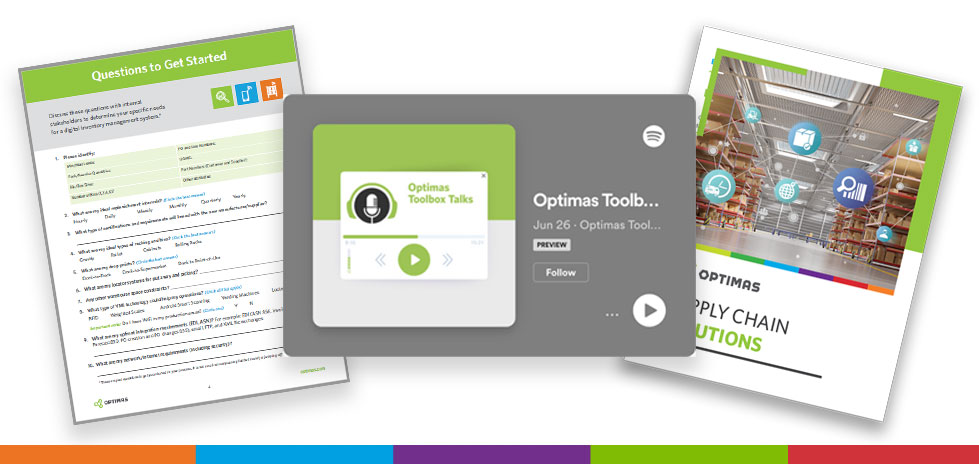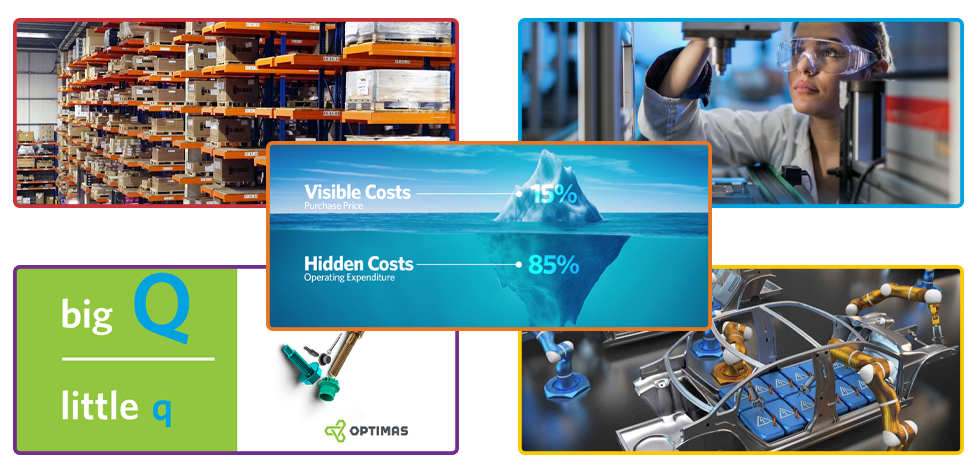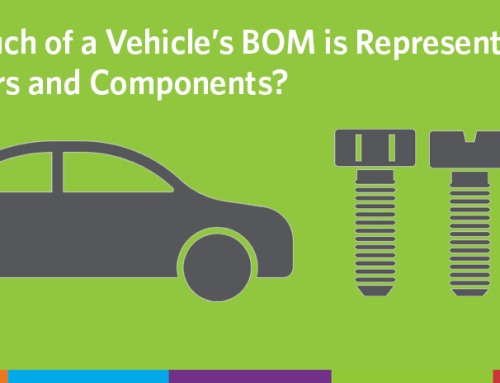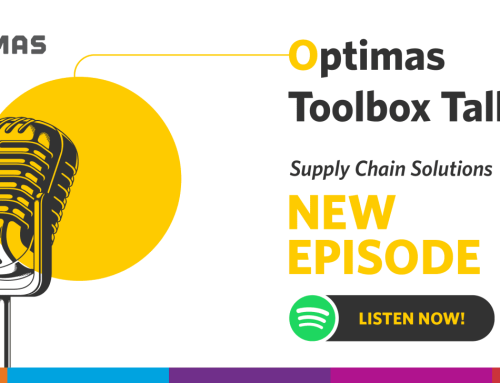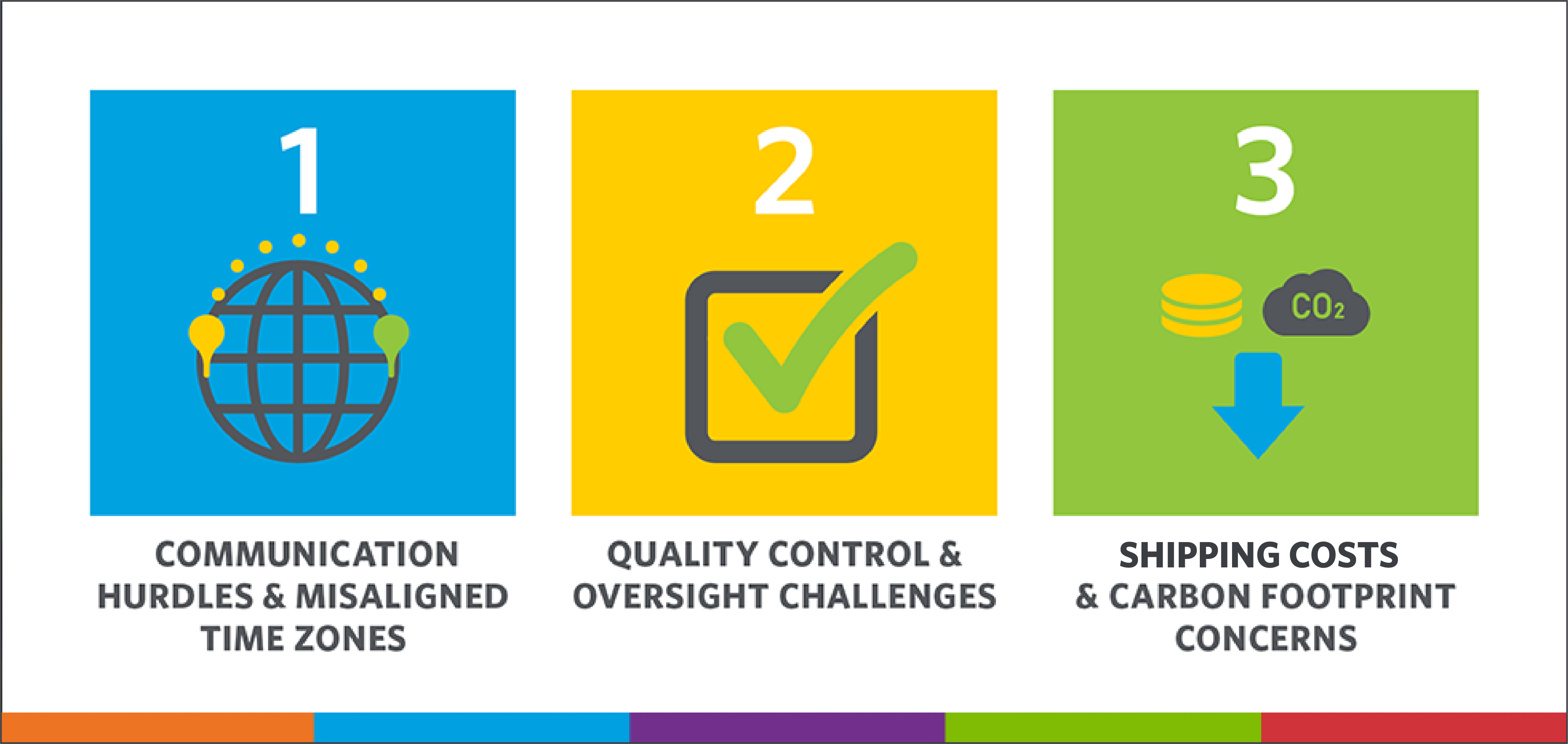
3 Reasons It’s Time to Embrace Nearshoring for Engineered Parts
Significant risk exists in acquiring complex engineered fasteners–non-standard parts like customized heavy and light-duty clamps, externally threaded screws and bolts, and more. At the same time, high risk also occurs in your fasteners with the highest turn rate–those you use a lot in production.
In those complex and/or demand scenarios, and for the three reasons described below, it may be time to ask yourself, “Should I consider nearshoring a portion of our fastener supply chain?”
1. You Struggle Through Communication Hurdles and Misaligned Time Zones
Communication gaps prevent collaboration with offshore suppliers, whether you’re in different offices or time zones or speak other primary languages. Working opposite schedules can make real-time interactions difficult, decision-making slow, and problem-solving inefficient.
A regionalized approach provides technical access, design reviews, shorter lead times, and local support from a single provider. You get to work with the same people and machines for their highly engineered fasteners, which creates a comfort level from a technical, quality, and delivery perspective.
2. You Worry About Quality and Oversight Challenges
Ensuring quality standards can be more challenging when obtaining materials from the global market because they vary depending on your sourcing location. Maintaining a high level of oversight over production processes is only possible with regular site visits, real-time quality checks, and control over production stages. Sourcing from the other side of the globe may negatively impact your ability to ensure the availability of high-quality fasteners that meet your quality standards, particularly for parts with specialized secondary processes such as corrosion protection, lubricity, and ultraviolet resistance (e.g., Di Spin, Electrocoat, Zinc, and Topcoat).
Choosing to source closer to home can give you peace of mind about the materials you’re receiving. Sourcing higher-quality materials is an ideal way to reduce manufacturing costs because it allows you to bring consistency and predictability to your supply chain.
3. You Want to Reduce Shipping Costs and Carbon Footprint Concerns
The source of a part’s journey to your production facility is a great starting point to reduce costs and assure availability. By nearshoring, you positively impact your production, costs, and carbon footprint. Reducing transportation distances via nearshoring contributes to cost savings and aligns with carbon reduction goals for all participants in the supply chain.
BONUS: You Would Like Peace of Mind
More than ever, resource availability has given way to accessibility and reliability. Simply put, your supplier is only as good as its ability to source and deliver parts as specified. Near- and onshoring has been gaining steam as business leaders in North America and Europe anticipate the future impact of:
- Access to raw materials, like steel
- Shipping delays due to driver shortage
- Recruitment issues from lack of skilled professionals
- Increasing shipping costs
- And geo-challenges
It’s less about price and more about consistent and quick fulfillment and a full-service experience. Market demands based on company acquisition strategies, distribution network, service reputation, and quality certifications indicate whether a partner has the proper foundation and process in place.
Conclusion: Reading the Signs for a Strategic Shift
Acknowledging these factors is essential for industrial OEMs looking to optimize their operations. Nearshoring for engineered parts with regionalized manufacturers as sources is about seizing the advantages of geographical proximity, cultural alignment, and enhanced collaboration. OEM purchasers can position themselves for success in an increasingly time-sensitive market by heeding these signs and implementing a nearshoring plan.
There are upfront costs associated with re-shoring and transitioning to new suppliers. Still, you can reduce these by finding a full-service partner with the reputation/experience, certifications, and ability to consolidate services. Near or onshore with someone who sees the transition as a partner, not just as another transaction, like Optimas.
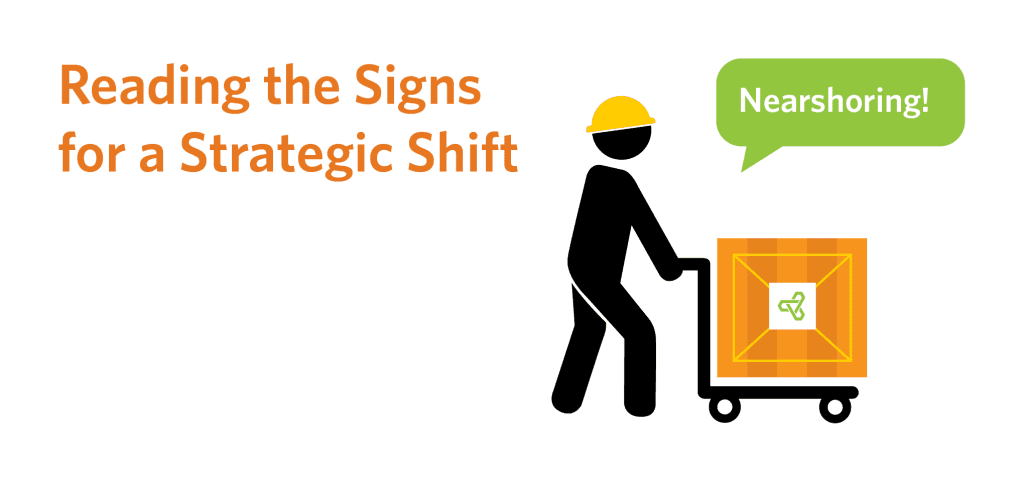
As both a manufacturer and a distributor, Optimas can look at a customer’s BOM, rubber and plastic components, and other C-Class items that a manufacturer alone might not be able to provide. The ability to dual source adds significant strength to your supply chain and procurement strategies because you can combine the breadth and depth of sourcing with the ability to manufacture more complex parts locally.
Optimas Solutions is one of only a few companies with in-house cold forming in the UK, US, and MX that complements global distribution for parts procurement. Combining manufacturing and distribution abilities, Optimas Solutions represents the best of both worlds, a big win for savvy OEMs and distributors.

